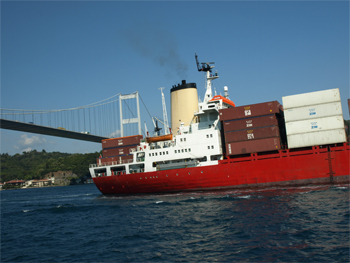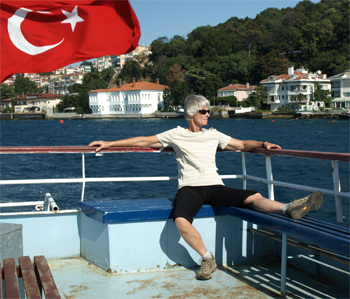After enjoying the beauty and majesty of the Blue Mosque, we strolled through Sultanahmet Park on the way to tour Hagia Sophia.
Covered food booths where we had dinner the previous night
Building across the street from the park
|
|
Hagia Sophia, or the Church of Divine Wisdom. It was originally built in the 4th century and was destroyed by an earthquake and the fourth crusaders. It was rebuilt as it is presently in 537 AD. At the time it was the highest building in the world and remained that for a thousand years. In the 16th century four flying buttresses were added on each side to give more support to the walls and dome. (Link to more information about Hagia Sophia.)
|
|
|
Hagia Sophia from across Sultanahmet Park
|
Minaret on the back side
|
Remains from the second church built on the site |
Hagia Sophia was built as a Greek Orthodox Church and was used briefly as a mosque in the 19th and 20th centuries. In 1923 it was turned into a museum by Ataturk and was no longer used for services. To make a mosque out of a church, all of the fine mosaics depicting Christ, Mary, prophets, etc. were covered with an inch or so of plaster and decorated with geometric frescos. Moslems do not have pictures of humans or animals in their mosques.
|
Central dome with restoration scaffolding - steps and an elevator!
|
Hagia Sophia interior - Caligraphic medallions Hagia Sophia still has the eight calligraphic medallions present in all mosques. The monograms indicate Allah, Mohamed, four Caliphs, and the two sons of the last murdered Caliph, Ali.
|
Hagia Sophia interior - Caligraphic medallions |
Hagia Sophia interior - Caligraphic medallions |
Hagia Sophia interior - Seraphim
|
The walls and pillars contain three kinds of Turkish marble and a softer stone that has not yet become marble. The walls have slabs that were sliced and opened to show mirror images of the marbling.
|
|
Hagia Sophia interior - Marble dolphins
|
Hagia Sophia interior - Mirror image marble slabs |
Alcove off stairway to balconies showing stonework
|
Stained glass window |
Hagia Sophia is where all coronations of sultans took place. The coronation area contains fancy Egyptian marble, circular slabs, and mosaic patterns.
|
Coronation area - it has a chandelier above
|
Hagia Sophia interior - More caligraphy
|
Hagia Sophia interior |
Hagia Sophia interior - Ceiling above balcony
|
Hagia Sophia interior |
Hagia Sophia interior
|
Hagia Sophia interior - Christian mosaic |
The restoration process is removing some of the Moslem plaster to reveal beautiful Christian mosaics. One has Mary, Jesus, and John the Baptist, one has Mary holding Jesus with Justine, the emperor who had Hagia Sophia built offering them a model of Hagia Sophia and Constantine on the right offering them his city, Constantinople. Another mosaic on a wall shows a rich sultan offering Jesus the money for the church and his wife holding the list of construction costs.
After Hagia Sophia, our motor coach driver picked us up and took us to the Spice Market where we ate lunch in a delicatessen-like establishment. We could have fresh sandwiches made for us downstairs (take out) or go upstairs and go through a cafeteria line. We shared roasted chicken with deep fried something and tasty rice.
We strolled through the Spice Market and were again fascinated by the displays of spices, nuts, seeds, cheeses, candies, etc. We even bought a ¼ kilo of hazelnuts to snack on and baklava (two walnut and two pistachio) to have as dessert after our lunch. It was heavenly - rich, sweet, and tasty. Lots of pictures - I love the markets, especially this one!
|
All kinds of spices!
|
Green stuff is henna
|
Dried fruits and nuts |
Turkish Delight
|
Cheeses |
Fresh figs
|
Olives - all of them |
Lambs feet and tripe |
Fish
|
After the Spice Market we rode to the waterfront for a cruise on the Bosporus Strait, which separates Europe from Asia and connects the Sea of Marmara (and thus the Agean/Mediterranean Seas) with the Black Sea.
View of the New Mosque as we motor away
|
Looking tward the western mouth of the Bosphorus |
On both sides of the water there are numerous mansions and summer palaces built by previous sultans and high ranking officials. Many of those buildings have been privatized into hotels or schools/universities. |
European side
|
Asian side |
Asian side
|
European side of the Fatih Sultan Mehmet Bridge (the second Bosphorus bridge) |
Asian side In 1973 the first bridge spanned the water. There are now three bridges |
Fort of Rumeli - European side |
|
Container ship heading for the Black Sea |
It was a great way to see the city of Istanbul
|
Dinner tonight was eight stories up at a restaurantand with a wonderful view of the city. We ate mushroom soup, salad, lamb meat loaf with mashed potatoes and a tomato sauce. It was very good and only had a mild taste of sheep. Dessert was a baked rice pudding, which was also good.
| Return to Top | Return to Itinerary | Return to Dreamcatcher Home Page |
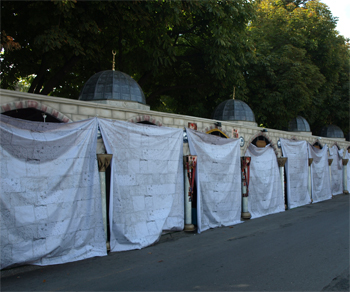
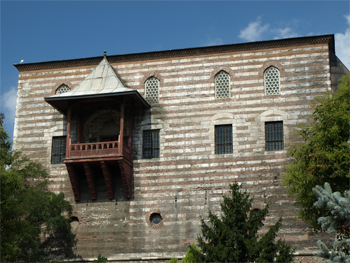
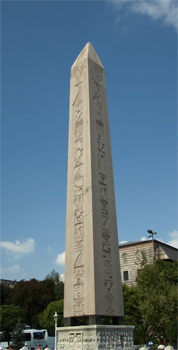
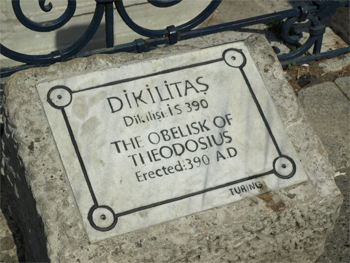
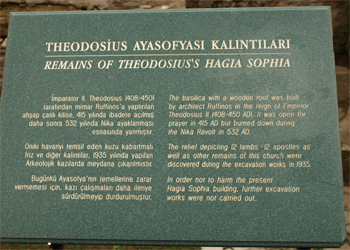

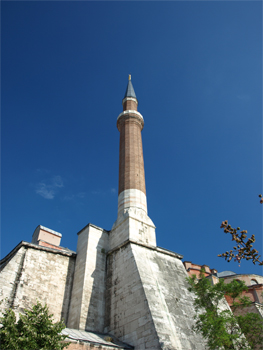
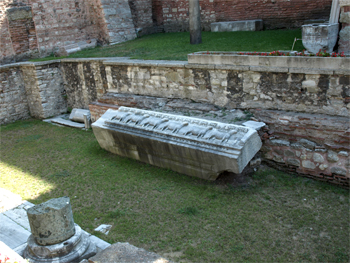
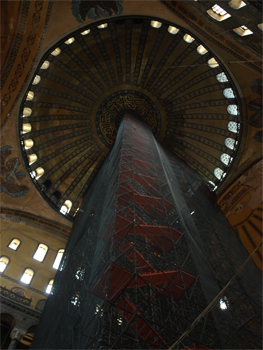
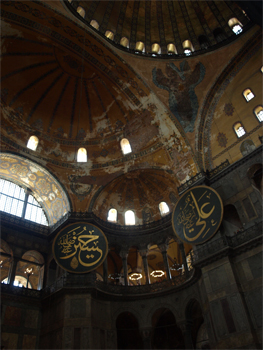
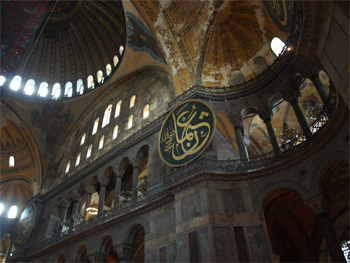
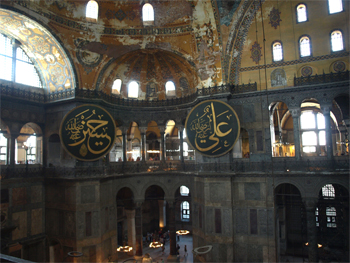


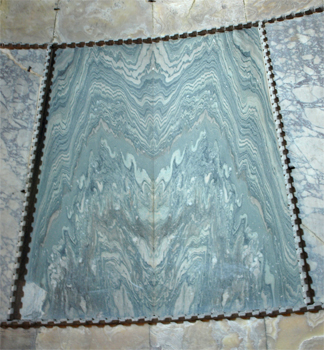
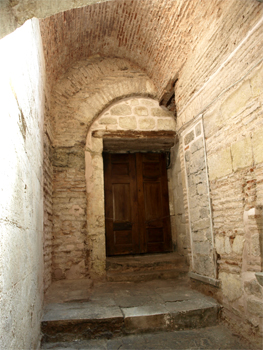

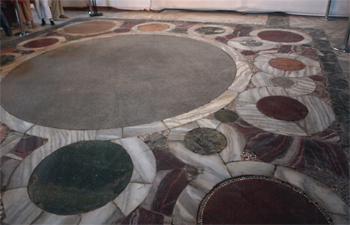
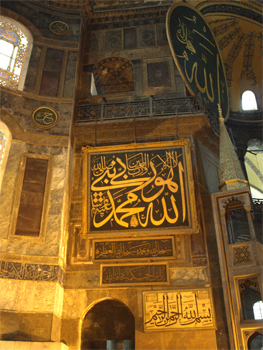
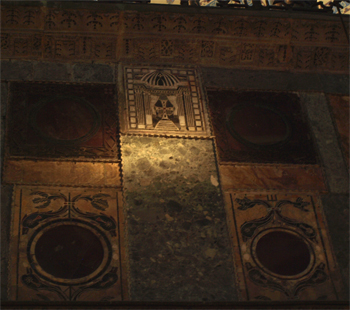
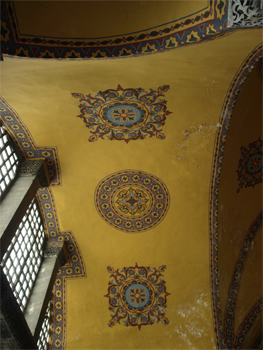

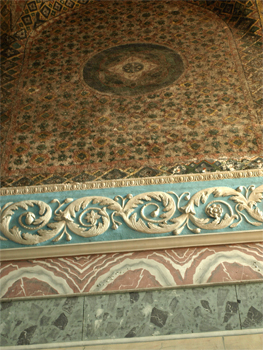
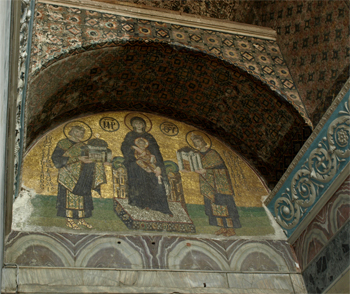

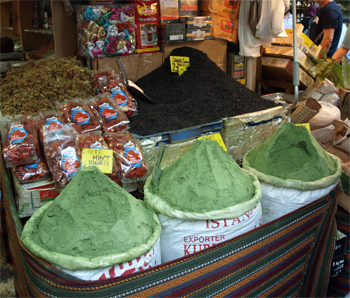
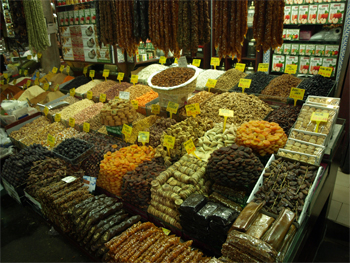
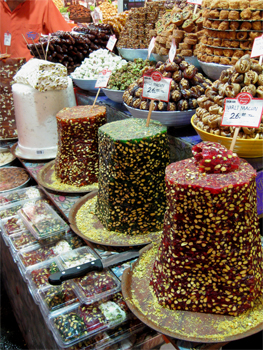
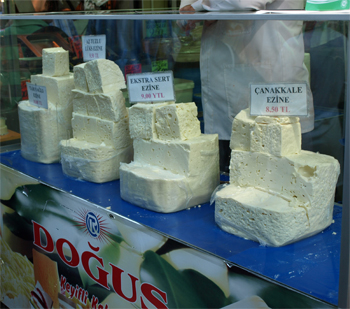
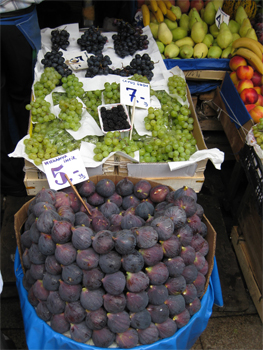

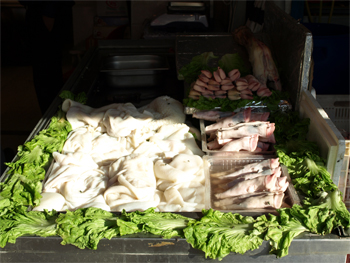
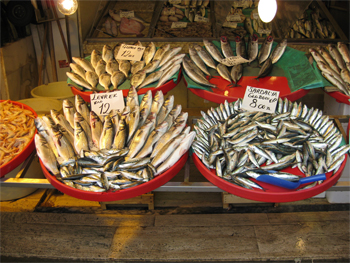
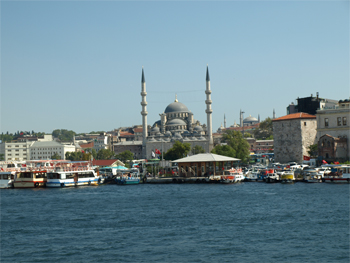

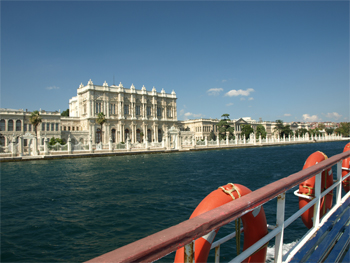
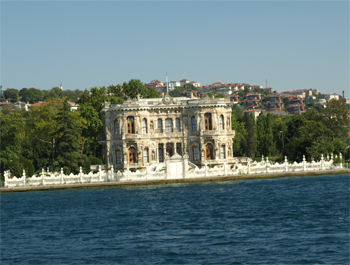

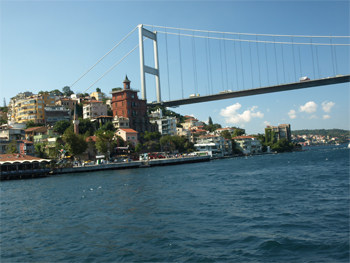

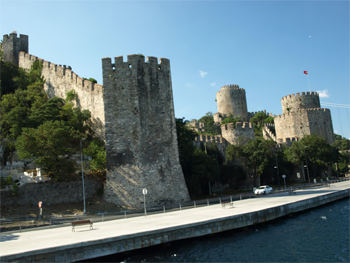
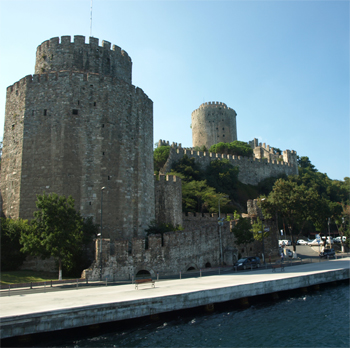 The fortress hosts many concerts and dramatic performances in its amphitheatre and is open to the public as a museum
The fortress hosts many concerts and dramatic performances in its amphitheatre and is open to the public as a museum